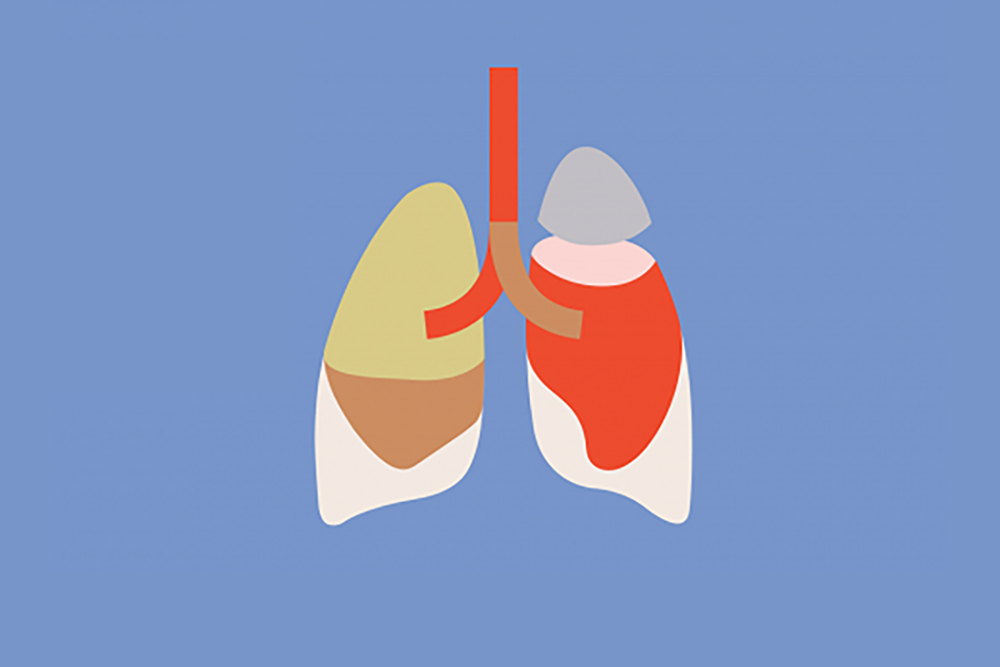Digging into the issue with a follow-up biopsy
- After first-line therapy with osimertinib, chemotherapy or other medications such as a checkpoint inhibitor, many patients will become resistant and experience disease progression
- A follow-up biopsy can help identify a new treatment target, such as ALK, ROS-1, or MET or identify a resistance mutation
- For patients who are too sick for a a biopsy or whose tumors are in difficult locations to biopsy a liquid biopsy may be an acceptable strategy
Biomarker testing can guide you to the initial targeted treatment for patients with metastatic lung cancer, but what happens when that first-line treatment stops holding the cancer at bay? Dr. Patrick Forde, thoracic oncologist at Johns Hopkins, suggests retesting to find a new therapeutic target.
“In the setting of a patient who has been on a targeted therapy, for example for EGFR, and the tumor is starting to grow, I would normally recommend doing a biopsy, particularly for patients who’ve been on osimertinib in the first line,” Dr. Forde suggests.
In a certain percentage of patients, tumors undergo a transformation after treatment with tyrosine kinase inhibitors that makes them resistant to the effects of a checkpoint inhibitor. “That can really only be picked up in a biopsy,” he says. He recommends that physicians assess for EGFR, ALK, ROS-1, and MET mutations. If the tumor is in a location that makes it hard to reach surgically, a liquid biopsy may be a reasonable option. Although a tissue biopsy remains the reference standard, certain clinical scenarios may preclude patients from invasive biopsy strategies. In the metastatic setting with disease progression on targeted treatment, patients who are unable to have a traditional biopsy may be excellent candidates for a liquid biopsy to determine next lines of therapy.







